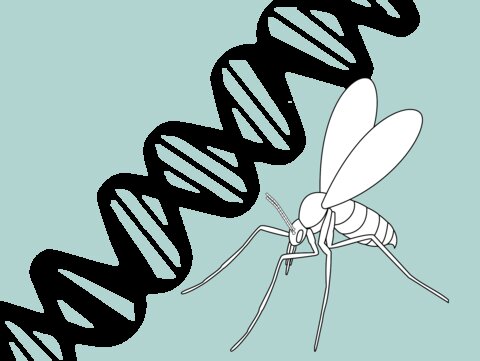Sandfly genome project
Sequencing the genome of the sandflies Lutzomyia longipalpis and Phlebotomus papatasi
This proposal represents a collaborative effort by the international sandfly research community to initiate the first large-scale genome sequencing project of two medically important sand fly species. As important vectors of human disease, phlebotomine sand flies are of global significance to human health, transmitting protozoan, bacterial, and viral pathogens. Completed genome sequences of these medically important vectors will foster development of novel technologies to control these devastating diseases. Furthermore, phlebotomine sand fly research has served as a key model for studies concerning vector/parasite/host interactions by revealing novel mechanisms defining vector competence, propelling the field of vaccine research into promising areas, and identifying novel therapeutics for human use. This genome project will accelerate progress in these areas, as well as complement and enhance ongoing comparative genomics efforts.
Phlebotomine sand flies are members of the family Psychodidae, which includes a diverse group of vectors that vary widely in geographic distribution, ecology and the pathogens they transmit. Here the authors propose to sequence the genomes of two phlebotomine sand flies, Phlebotomus papatasi and Lutzomyia longipalpis, that exhibit distinct distributions, behavior and pathogen specificity.
Organisms:
Resources include: full transcriptomes and BAC sequences; 40,000 ESTs from a normalized cDNA library of P. papatasi generated from the four larval stages, pupae, adult males, unfed females, and females post-feeding on uninfected or Le. major-infected mouse blood; and, transcriptomes of L. longipalpis for larval stages and adult females fed with sugar and blood meals, uninfected or infected with Le. Infantum
